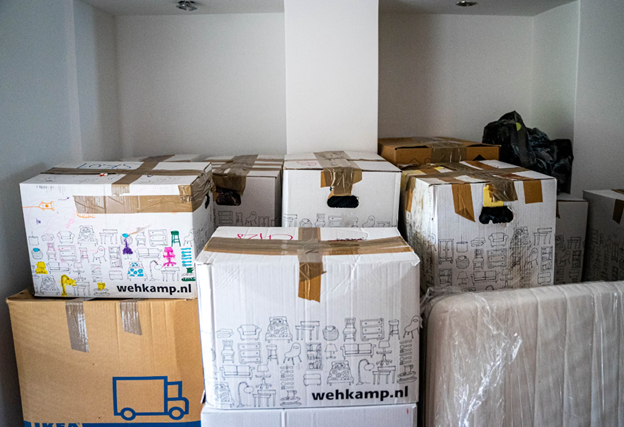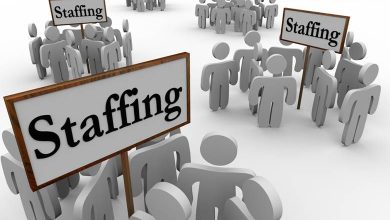5 Valuable Tips for Commercial Moving

Relocating a commercial space is a complex endeavor that demands meticulous planning and execution to avoid disruptions and ensure a smooth transition.
Whether you’re moving a small office or an entire corporate headquarters, a successful move requires careful coordination and attention to detail. Here are five valuable tips for managing a commercial move effectively:
1. Develop a Detailed Moving Plan
Creating a comprehensive commercial moving plan is essential for a smooth commercial relocation. Start by establishing a clear timeline, setting key milestones for each stage of the move, from packing to setup in the new location.
Assign responsibilities to team members or departments to streamline tasks such as packing, labeling, and coordinating with movers.
Include a detailed floor plan for the new office space in your plan, outlining where each piece of equipment, furniture, and workstation will be placed.
2. Communicate with Employees and Stakeholders
Effective communication is crucial during a commercial move. Keep employees informed about the moving schedule, their responsibilities, and any changes to work arrangements. Regular updates help manage expectations and reduce anxiety among staff.
Notify clients, suppliers, and stakeholders about the move well in advance. Provide them with the new address and contact information, and communicate any expected interruptions to services or operations. Clear communication ensures that all parties are prepared for the transition and helps maintain business relationships.
3. Hire Professional Movers with Commercial Experience
Choosing a moving company with experience in commercial relocations is vital for ensuring the safety and efficiency of the move. Professional commercial movers with expertise in handling office equipment, furniture, and sensitive documents can significantly reduce the risk of damage and loss.
When selecting a moving company, verify their credentials, check reviews, and ask for references from other businesses. Ensure they offer insurance coverage for your belongings during the move. Professional movers can also provide packing services, specialized equipment for transporting heavy or delicate items, and storage solutions if needed.
4. Protect Sensitive Data and Equipment
During a commercial move, safeguarding sensitive data and valuable equipment is paramount. Before the move, back up all digital data to prevent loss or corruption. Use secure containers for transporting physical files and documents, and consider locking or sealing them for added protection.
For IT equipment, label all cables and components, and pack them in anti-static materials to prevent damage. Coordinate with your IT team to plan the disconnection and reconnection of computers, servers, and other technology in a way that minimizes downtime.
5. Plan for Minimal Downtime and Quick Setup
Minimizing downtime is a critical goal in commercial moving to ensure that business operations resume quickly and efficiently. Prioritize setting up essential areas first, such as workstations, communication systems, and IT infrastructure. Ensure that employees have access to necessary tools and resources to begin work as soon as possible.
Consider scheduling the move during non-peak business hours or over a weekend to reduce disruption. Coordinate with utility providers to ensure that electricity, internet, and phone services are set up and operational by the time your team arrives at the new location.




